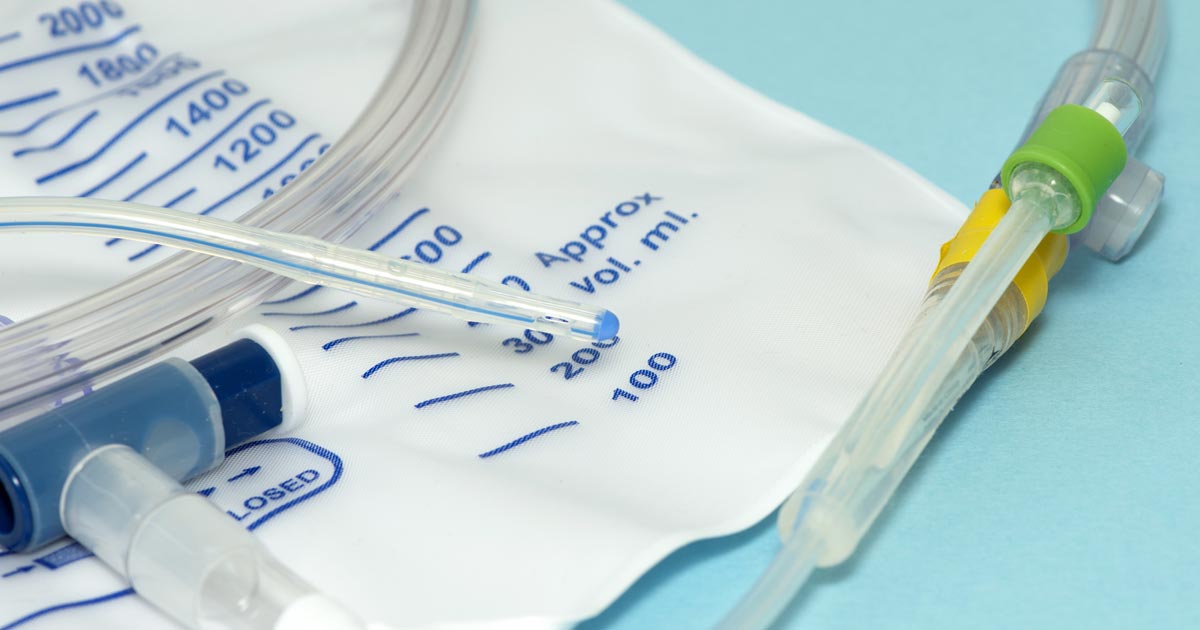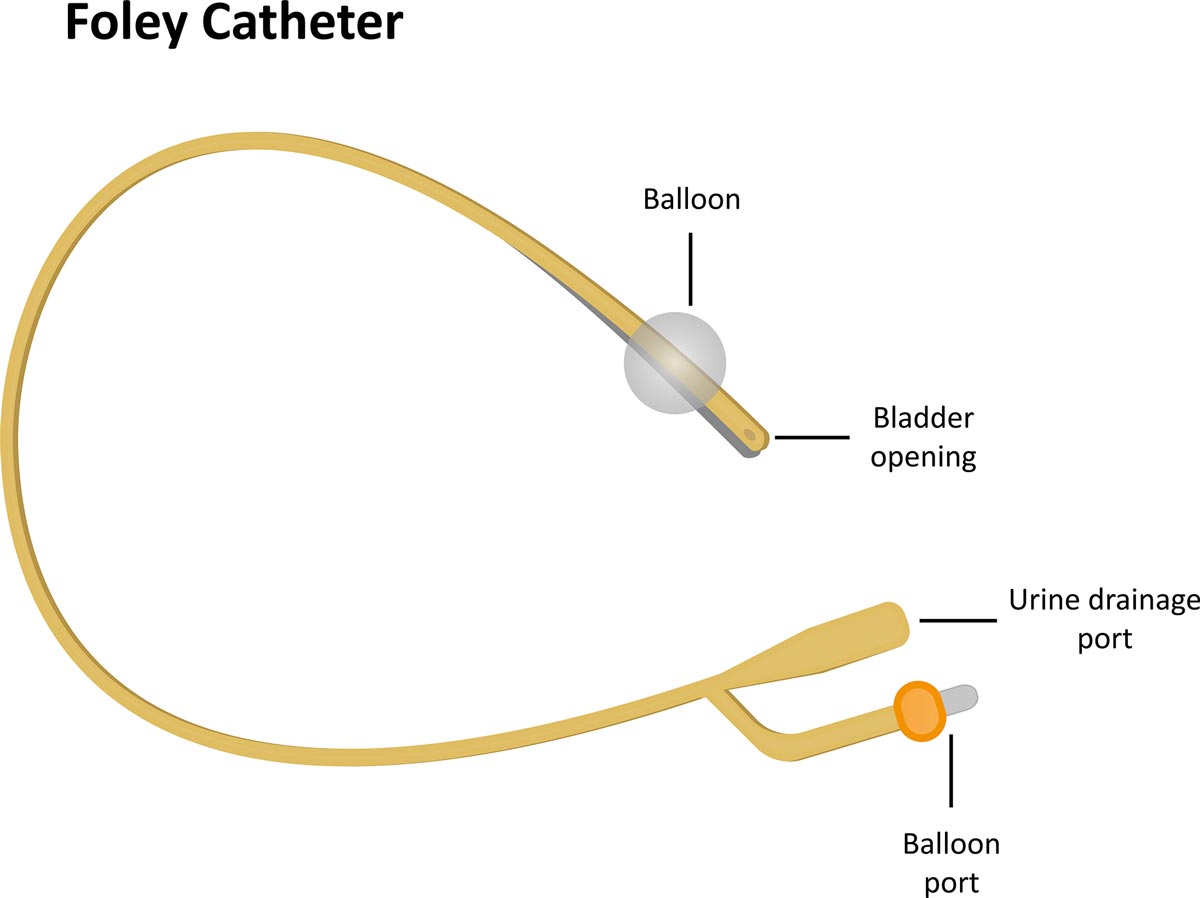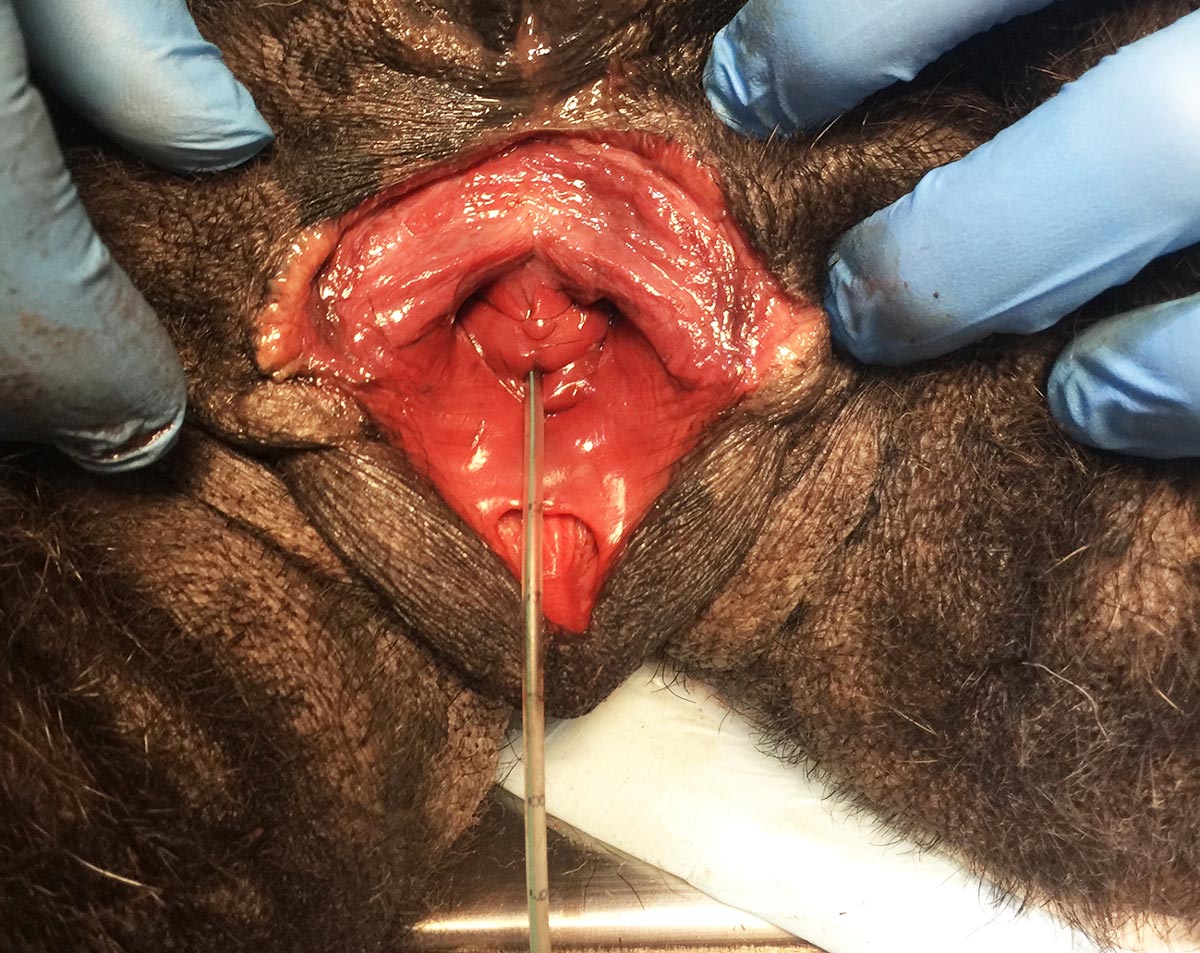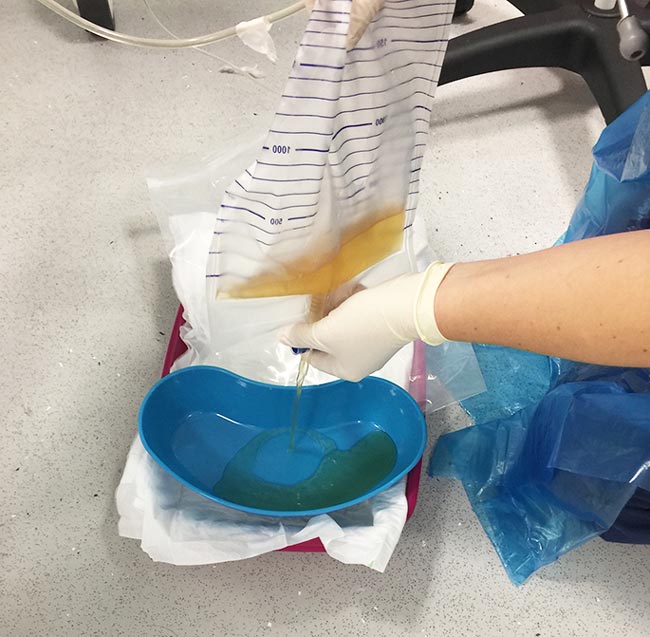14 Nov 2017

IMAGE: Sherry Young/Fotolia.

The placement of an indwelling urinary catheter is a commonly performed procedure in veterinary practice, and numerous different occasions and reasons why the procedure may be performed exist.
Despite it being a “common” procedure, the incidence of hospital-acquired urinary tract infections (UTIs) is common, so specific protocols should be established. These will ensure the procedure is performed aseptically and the device is maintained as aseptically as possible once in-situ. In turn, this should minimise the incidence of UTIs.
It is appropriate to place a urinary catheter on a variety of occasions. These include:
A wide variation in urinary catheter types, sizes and materials exists. Most practices are likely to stock Foley catheters (Figure 1), which are generally used as indwelling catheters.

They feature a balloon at their distal end that becomes filled with saline once in situ to retain the placement of the catheter in the bladder. This reduces the need to suture the catheter to retain its position.
Polypropylene urinary catheters are also commonly used, but are most likely to be selected for intermittent catheterisation, rather than for indwelling catheters, therefore making them most suitable for:
These catheters are very stiff, therefore making them uncomfortable for the patient. This is why they are unsuitable to be placed as indwelling catheters.
The procedure for placing a urinary catheter is as follows:
In females:

In males:
Indwelling urinary catheters should ideally be used as part of a “closed” system, which means the urinary catheter is not open to the outside.
Leaving catheters open to the air will increase the incidence of UTIs due to bacterial migration over the surface of the catheter. It can also result in urine scalding (Bubenik and Hosgood, 2008).
For maintenance, a urinary catheter can either be intermittently drained (via placement of a sterile bung at the end of the catheter with a syringe used to intermittently empty the bladder), or it can be connected to a sterile urinary collection bag.
The following procedure should be performed for the maintenance of indwelling urinary catheters attached to urinary collection bags:


Urinary catheterisation of dogs is a common procedure VNs can perform. In female dogs, this procedure is one often considered somewhat difficult to achieve, but with appropriate training and practical experience, it is achievable.
Whenever urinary catheters are being placed and maintained, an aseptic technique must be adhered to. Therefore, the use of a specific standard operating procedure is useful to act as a reminder to staff, and also to achieve consistency across the whole clinical team.